Giuseppe spent 6 weeks at the ANU in Canberra, Australia. Here some highlights of his experience on the other side of the world.
When I applied to be a visiting researcher at the Australian National University (ANU) in Canberra, I could not know how rich and meaningful my experience there would be. Being a young country, officially independent since 1901, Australia is a fascinating place where to be. Shaped by the British, who arrived in the country in the late 1700, Australia was initially used to relocate convicted criminals from Great Britain. At that time, the continent was largely unpopulated; however, this does not mean that Australia was a “terra nullius”.
In fact, before the arrival of European settlers, Australia was the land of many indigenous nations, where aboriginal art and culture were flourishing, with more than 300 languages spoken throughout the country. As other indigenous people living in countries that experienced European colonization, also indigenous people of Australia have been denied their rights and have experienced discrimination. For political-economic reasons, the 1901 Constitution did not count them as part of the human population of the country and only with the 1967 referendum, indigenous people were officially recognized as part of the population of the country and counted within statistics. Thus, since that referendum, the legal position of the indigenous has had a considerable improvement and with the Mabo case (1992), the existence of native titles has been recognised to Australians natives. In addition, between the ‘70s and the ‘90s, the flag of the Australian Aborigines and that one of the Torres Strait Islander people were recognised as official flags of Australia (together with the Blue Ensign, which is the national flag of the country).
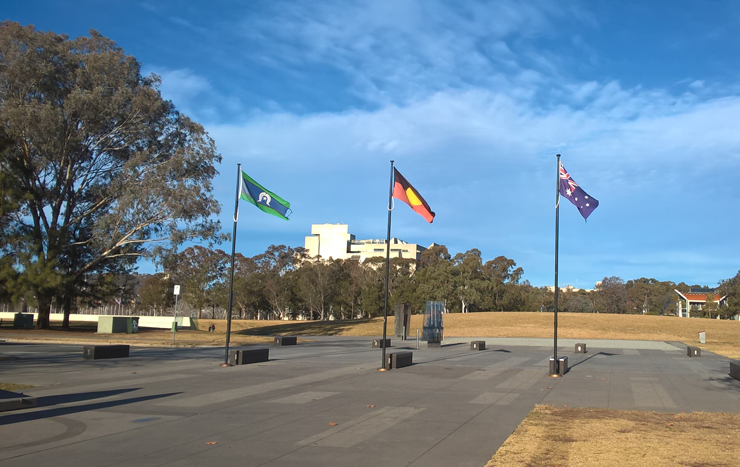
However, notwithstanding such achievements, indigenous people are not yet officially recognised in the Australian Constitution and the debate as regards such recognition is a current issue. Thus, the day after my arrival in Canberra, I attended the event “First Nations Governance Forum”, organised by the ANU on 2-4 July 2018. Experts on indigenous people rights from all over the world attended the event, with the aim to rekindle the discussion concerning the role that indigenous people of Australia should have within the society and to debate about their meaningful recognition within the Constitution.
Overall, indigenous related issues are the core of many activities that take place at the ANU and every week it was possible to find some seminar related to indigenous issues. Thus, I had the opportunity to learn about the activities of aboriginal rangers and their role in taking care of the most remote areas of the country, while ensuring that traditional knowledge and cultural practices are not lost.
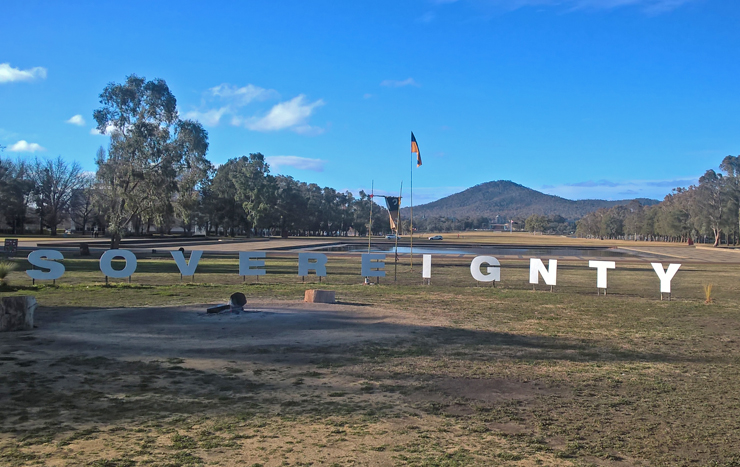
In another occasion, I attended a seminar about partnering and fertility among indigenous people and the role of education in childbearing. The huge amount of seminars and public talks related to Australian indigenous people should not be of any surprise, being Canberra the capital of the country and seat of the Parliament. In this sense, it is worth to mention the existence of the “Aboriginal Tent Embassy”, next to the old Parliament house.
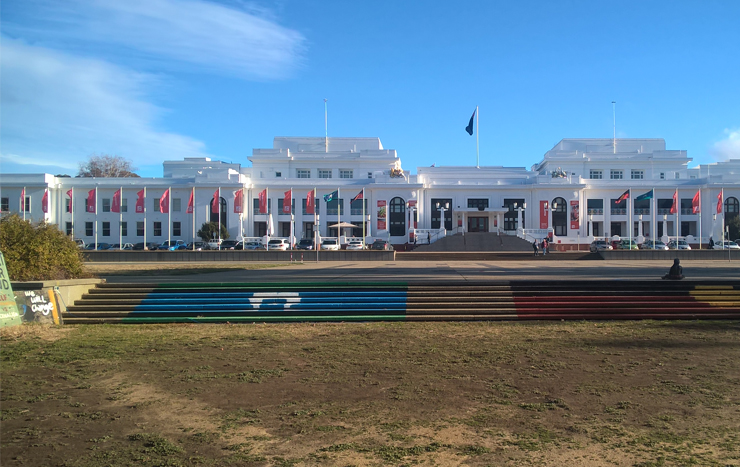
Established in 1972, some aboriginal people live there permanently in order to claim their rights and to remind the government about their existence and problems…it is quite fascinating to think that indigenous people need to have an embassy in their home country, isn’t it? When I visited the site, I got a chance to have a talk to two aborigines, one of them coming from Adelaide. He told me about the difficulties that he has to overcome in order to get there, due to distance and family commitments, but still, he was able to come and stay there for a couple of weeks.
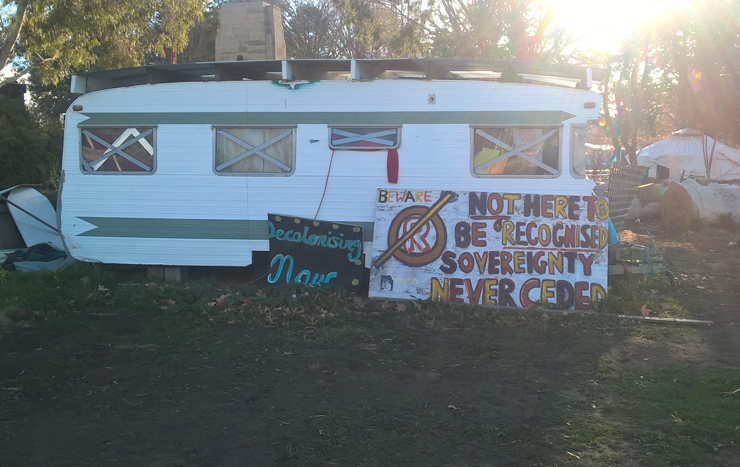
Beside the academic life, I really enjoyed Australia, its nature and beauty. Before going to Canberra, I stopped in Sydney, the biggest Australian city, where historical buildings coexist with modern skyscrapers built in the last decades. Very well known for the Opera House and its wonderful beaches, Sydney is a lively city and, although it was winter, sunny days and good temperature made my stay there enjoyable and I even got a chance to visit Bondi beach and sunbathing there! Differently to Sydney, Canberra is pretty cold and, because of the temperatures and its size, it reminded me of my stay in Rovaniemi. It was common to get out in the morning with some degree below zero!
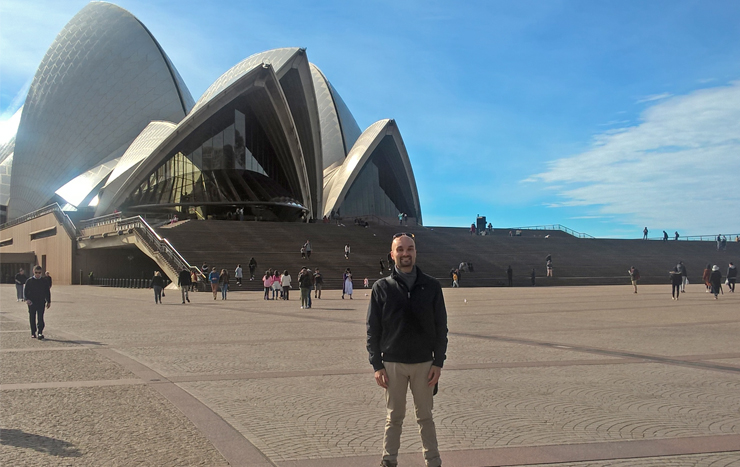
Finally, I would like to spend few words about Australians: so charming people! I felt like at home there, people were friendly and it was impossible not to talk with locals while walking in the street, visiting a mall or doing jogging in the weekend, there was always someone eager to talk. Such a great experience, that I really hope, I will be able to go back one day…to work, or for a long holiday. Australia is a country that everyone should visit and enjoy!
Text and photos: Giuseppe Amatulli